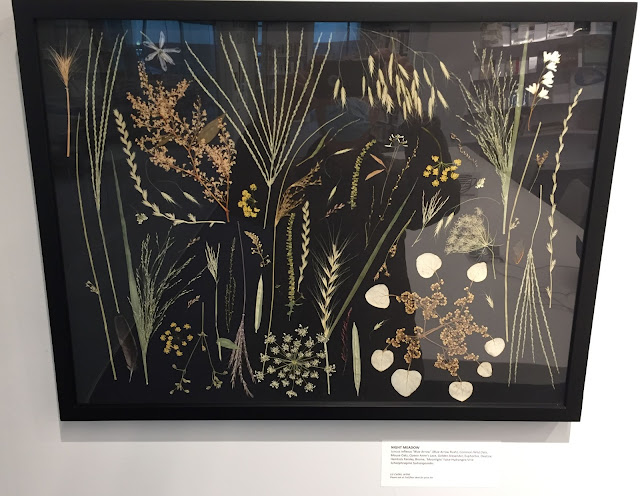Many of us have lived our whole lives without seeing a mature native American chestnut tree. An excellent NY Times Magazine article described it as a true gift of nature, the perfect tree, growing straight and tall, with rot-resistant wood, and bearing nuts that were easily gathered and eaten, sustaining wildlife and people alike. My first encounter with the American chestnut was the sight of their fallen trunks in a Massachusetts forest, 70 years after the fungus that causes chestnut blight was discovered in NY city in 1904. The massive trunks I saw, lying on a slope in the shade of young white pine, were among the billions that the accidentally imported fungus would ultimately kill in the U.S. Since the roots survive the fungus, there was still a living community of underground chestnut trees beneath our feet in that Massachusetts forest. One of the roots had sent up a sprout about twenty feet tall--promising, one would like to think, but its slim trunk was already ringed by the fungus, its fate sealed before it could bear nuts.
One of the projects I'm involved in is reintroducing native chestnuts to Princeton. The initiative began in 2009 with an email from Bill Sachs, a Princetonian with considerable expertise when it comes to nut-bearing trees. Bill reported that Sandra Anagnostakis, "one of (if not the) world’s leading experts on the pathology of American chestnut," had agreed to supply us with disease-resistant, hybrid American chestnut trees. Sandra's efforts to breed resistant native chestnuts at the Connecticut Agricultural Experiment Station over many decades was apparently unconnected to the American Chestnut Foundation. The trees were 15/16th native, and Bill with occasional help from me and others proceeded to plant them at the Princeton Battlefield, Harrison Street Park, the Textile Research Institute, Mountain Lakes and Herrontown Woods.
Some fared better than others. Many, despite having been bred for resistance, nonetheless struggled with the blight that had laid the mighty tree low a century ago. This fall, however, paralleling our work to bring back native butternuts, one of the chestnut trees has borne fertile seeds.
Bill made repeat visits to the tree to collect the nuts as they ripened. The deer likely got many, but he managed to gather quite a few, some of which he encouraged me to cold stratify. Stratification has always been an intimidating concept for me, suggesting sophisticated manipulation to get a seed to germinate, but in this case it turned out to be not much more than stuffing some seeds in a bag of moist peat moss and leaving it in the back of the refrigerator for awhile.






















































